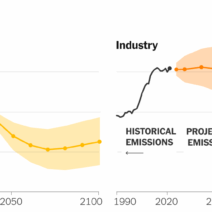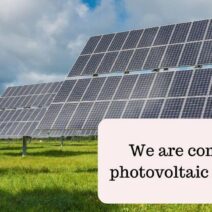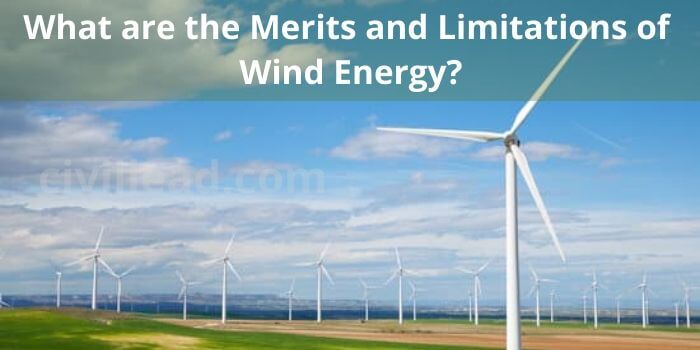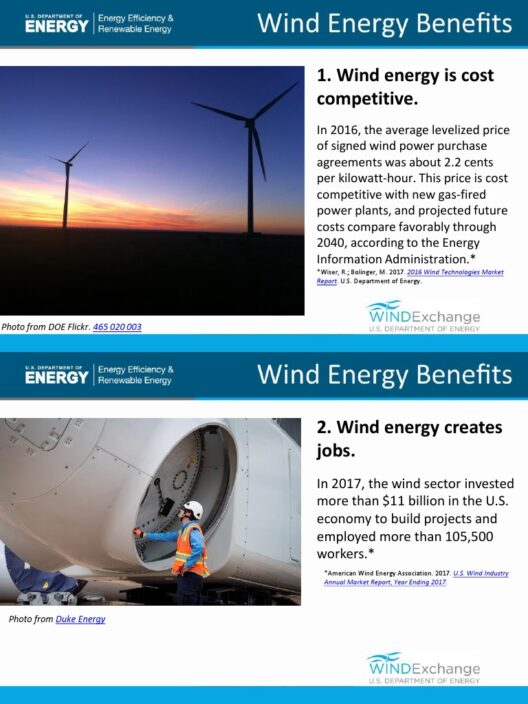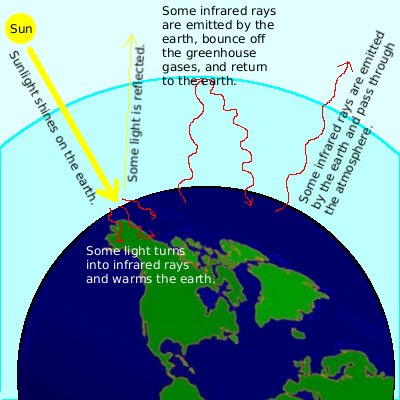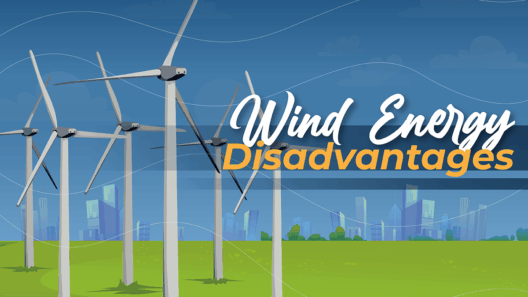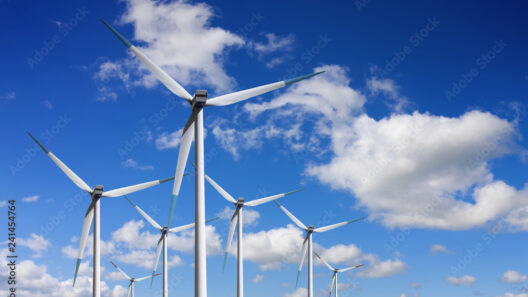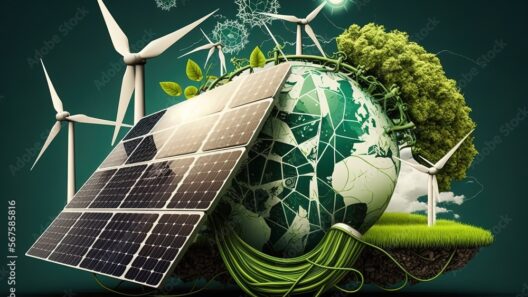Wind energy has surged to the forefront of renewable energy discussions, often lauded for its potential to provide clean, sustainable power. But does the wind always blow in favor of wind turbines? What challenges lurk beneath the surface of this seemingly benign energy source? Understanding the disadvantages of wind energy is crucial as we integrate it into our energy portfolio.
In this exploration, we will delve into common limitations associated with wind power, from its intermittent nature to environmental considerations. Each facet plays a critical role in shaping the future of sustainable energy and provides an opportunity to assess how we can refine our approaches to harnessing wind power effectively.
So, what is the first potential drawback? Let’s navigate through some of the main limitations that wind energy poses.
The Unpredictable Nature of Wind: Intermittency Issues
Wind energy production is inherently fluctuating, a reality that leaves energy planners in a conundrum. Unlike fossil fuel sources, which can produce electricity consistently, wind turbines rely on the whims of nature. When the wind blows, turbines spin, but when it doesn’t, energy production can plummet.
This intermittency creates a challenge for grid reliability. Power grids require a continuous balance between supply and demand. If wind energy constitutes a significant portion of the energy mix, planners must have backup sources, often fossil fuels or storage systems, ready to step in during windless conditions. The question emerges: how much reliance on wind is reasonable without compromising grid stability?
Investment in alternative energy storage technologies can help mitigate these challenges, yet the cost and development of large-scale battery systems remain a hurdle. Balancing load management to maintain efficiency could foster innovation, but it will require collaborative efforts among various stakeholders, including governments, industries, and researchers.
Noise Pollution and Visual Aesthetics: The Human Element
Would you want to live next to a field of towering wind turbines? While the concept of wind farms may sound appealing from an environmental standpoint, the reality can be less palatable for nearby residents. One critique that often surfaces is the noise created by turbine blades slicing through the air. This sound can be particularly disconcerting and has given rise to complaints from those living in proximity to wind installations.
Moreover, the visual impact of wind farms on the landscape cannot be understated. Many individuals view these towering structures as obstructions of natural beauty. This aesthetic discomfort raises a question: At what point does the collective benefit of renewable energy projects outweigh the individual discontent of nearby communities?
Community engagement is crucial. Having local voices involved in the planning and development process may alleviate some concerns and foster a sense of ownership among residents. Educational outreach can also illuminate the benefits of wind energy, allowing communities to better understand the long-term advantages versus the immediate inconveniences.
Environmental Concerns: A Double-Edged Sword
While renewable energy is typically viewed as environmentally friendly, wind energy does present its own set of environmental quandaries. The impact of wind farms on wildlife, particularly birds and bats, has been a subject of scrutiny. Studies have shown that turbine collisions can lead to fatalities among these animals, especially if wind farms are located in migratory paths.
This poses an essential question: How can we implement wind energy without exacerbating biodiversity loss? Situating wind farms in ecologically sensitive areas must therefore be approached with caution. Site assessments and the use of technology, such as radar systems designed to detect approaching wildlife, could potentially reduce these risks, but they add layers of complexity to project planning.
The lifecycle of wind turbines also falls under environmental scrutiny. Manufacturing, installation, and decommissioning processes consume resources and energy. Furthermore, what happens to turbines at the end of their operational life? Recycling and repurposing materials challenge the misconception that wind energy is entirely environmentally clean.
To address these environmental concerns, industry players must prioritize careful site selection, technological innovation, and comprehensive end-of-life strategies for turbine components. Collaborative efforts with conservation groups can forge pathways to ensure that wind energy growth aligns with ecological preservation.
Financing Challenges: The Economic Landscape
The transition to wind energy is not without its economic challenges. Initially, significant capital investment is required for infrastructure development. Even though the cost of wind energy technologies has decreased over the years, initial financing can prove daunting for many. This brings us to the question of economic viability: Can we ensure that wind energy remains an attractive investment for communities and nations alike?
Government incentives and subsidies can catalyze growth in this sector, but they can also lead to fluctuations in market dynamics. Uncertainty in policy direction could deter private investment, leading to underdevelopment of wind resources. A consistent regulatory framework is paramount, advocating for long-term planning and stability in the renewable energy sector.
The path toward a sustainable energy future will inevitably encounter hurdles, but identifying and understanding the limitations of wind power helps pave the way for informed decision-making. As we continue to engage in discussions surrounding energy production and consumption, it is paramount to weigh the advantages against the disadvantages.
Ultimately, can society strike a balance between harnessing the power of the wind and addressing its inherent challenges? Through collaborative innovation, community engagement, and a commitment to environmental stewardship, the answer may just lie in the very winds that power our future.
